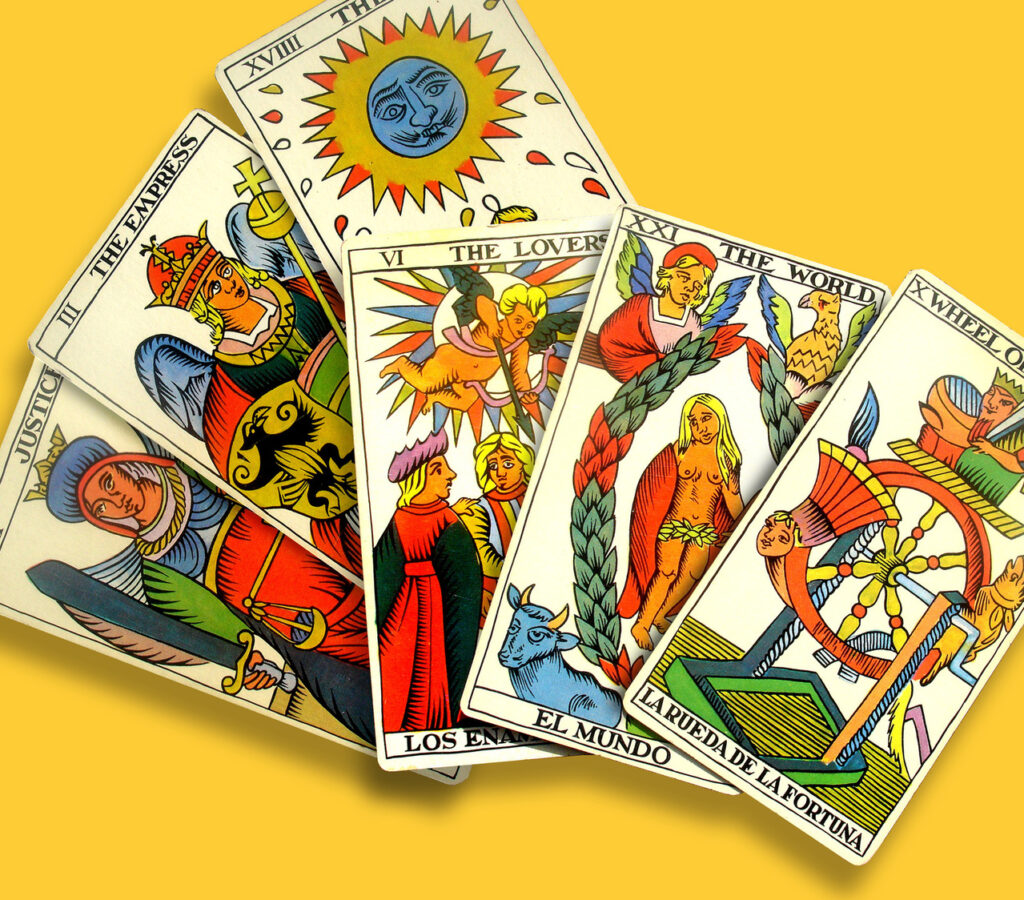My colleague Ben Carlson posted this insightful analysis showing why demographics make for a poor market forecasting tool. Ben runs the Institutional Asset Management in our shop, and he hears all sorts of questions about things like this on a regular basis.
There is a broader question that intrigues me: Why are markets themselves so difficult to forecast?
I have spilled a lot of words in pursuit of this question, and the bottom line seems to be that the factors that drive markets do not lend themselves to predictability: They are a volatile mixture of rational and irrational beliefs, unmet expectations, and wholly unknowable events. The resulting potpourri looks a lot like randomness of either the Burton Malkiel or Nassim Taleb variety.
The halfway ground is Philip Tetlock‘s research into forecasting (it is fascinating): He first showed that most professional forecasters are pretty terrible at what they do; then, he explained what the most successful forecasters do to make better predictions. It’s a brilliant one-two punch.
Tetlock (via Ben) labels the excuses used when predictions don’t come to pass. See if you can spot what they all seem to have in common:
1. If only this one thing would have gone my way I would have been right.
2. Something completely unexpected happened so it’s not my fault.
3. It didn’t happen but I was close.
4. I’m not wrong, I’m just early.
5. It’s just one prediction.
The commonality here is this: The future is both unknown and unknowable. That your forecast was derailed by an unanticipated event is not an excuse for it not coming true — it is what happens all the time, and why nearly all forecasts are worthless. Forecasting assets, time and price at once is felled by this mortal wound.
Too many forecasts make the assumption that the future will be more or less like the past. But this focuses on what occurred after the fact. What gets missed is how much of what actually happened was not anticipated, unforeseeable, and therefore not in any models. We make forecasts “a priori” but we experience that world “a posterior.” The result is that we believe we knew more than we actually did. Hindsight bias is only the start of this erroneous process. This is how we are wired.
I have had some decent market calls (forgetting the bad ones); I cannot tell you how much of that was hard work, genius, or luck. It’s some of the former, much of the latter, and none of the middle. It is certainly not how I would ever want to manage client money.
But the world wants to hear that someone has a secret formula, and they are willing to share that secret to fabulous wealth with you (for the low, low price of…).
Unfortunately, that is not how the future works.
Previously:
Forecasting & Prediction Discussions
Rules for Forecasters (April 8, 2019)
Forecasting is Marketing . . . (January 24, 2015)


